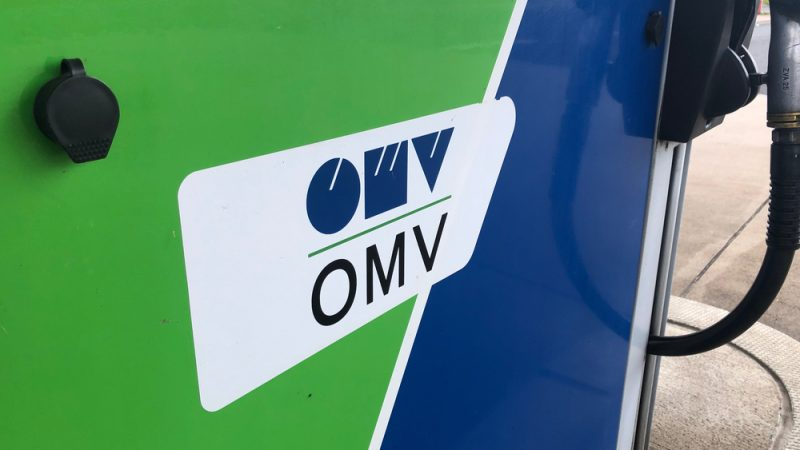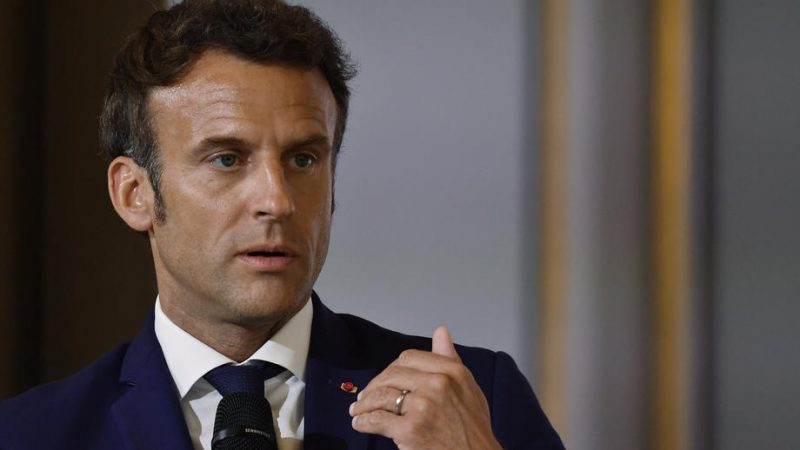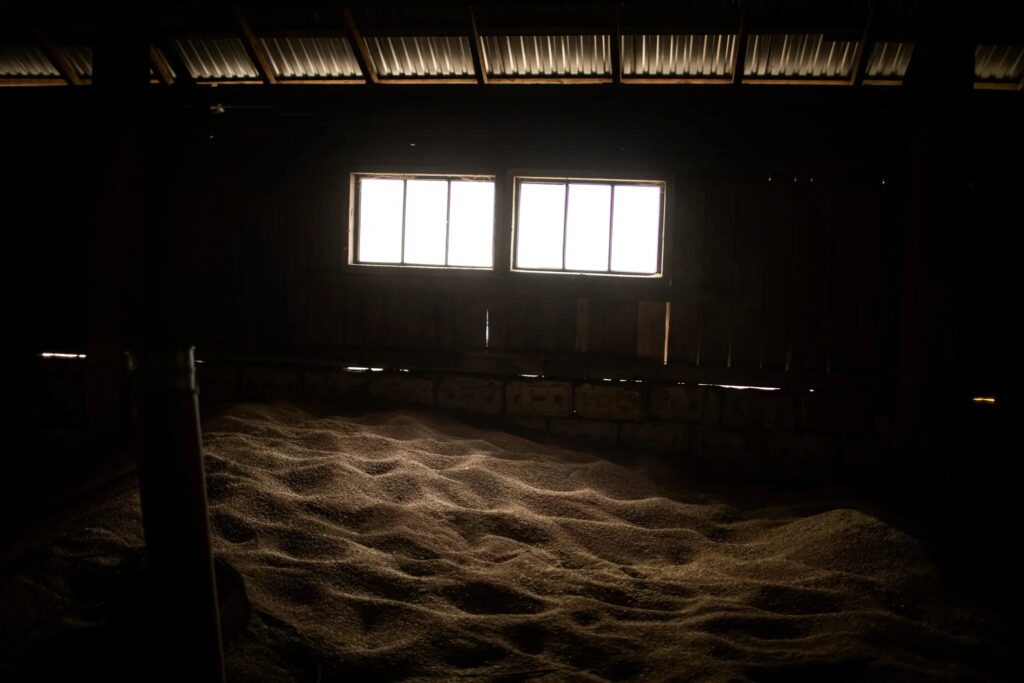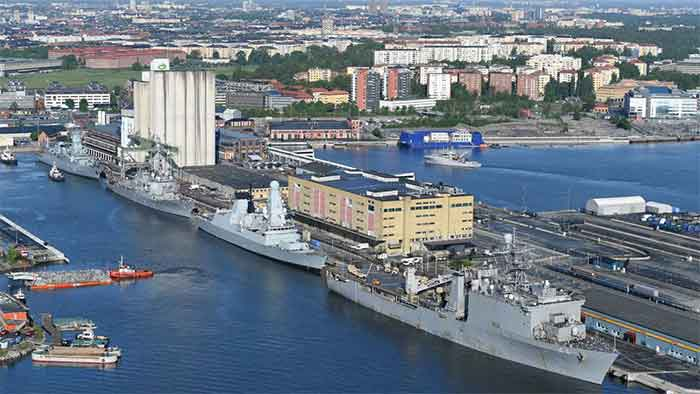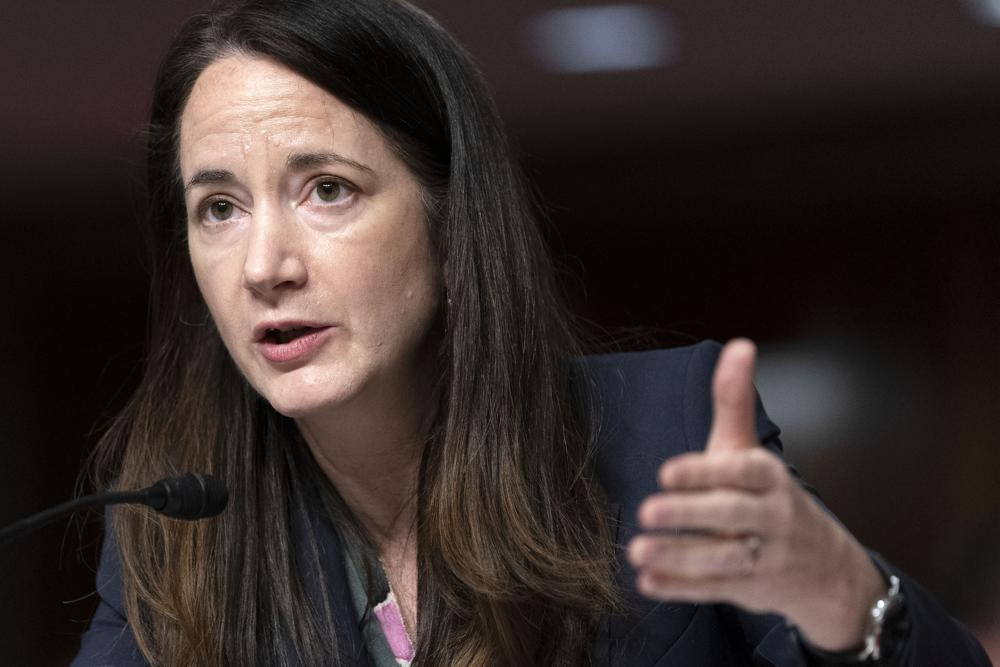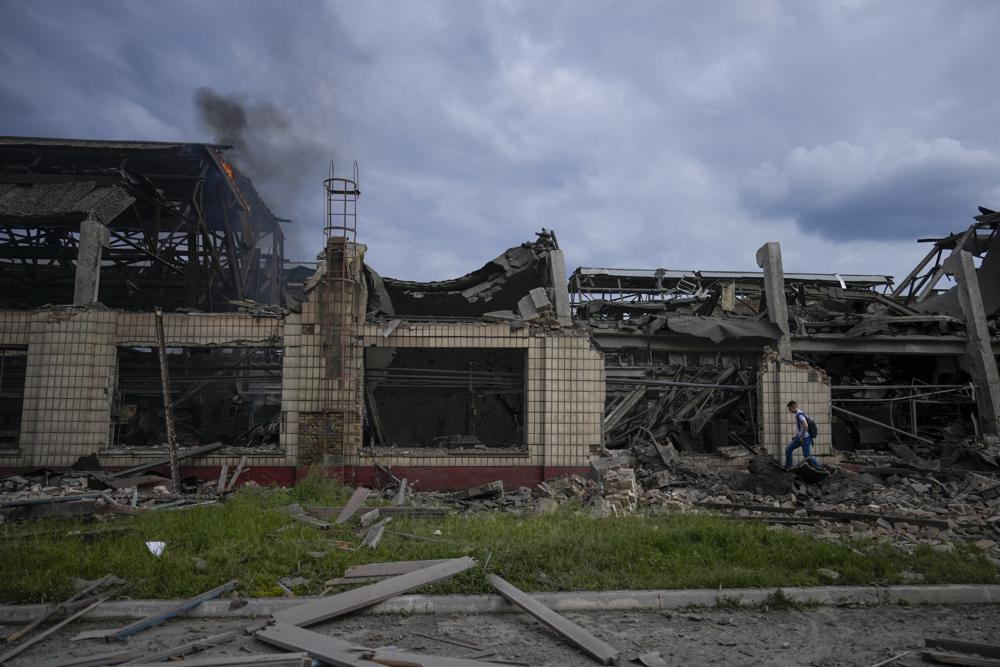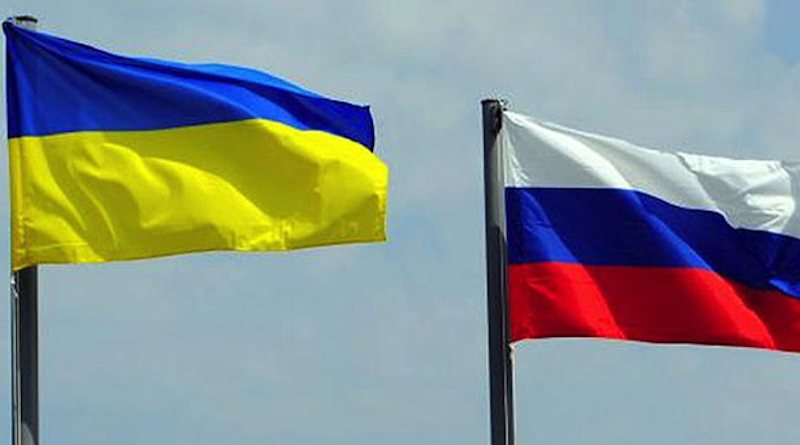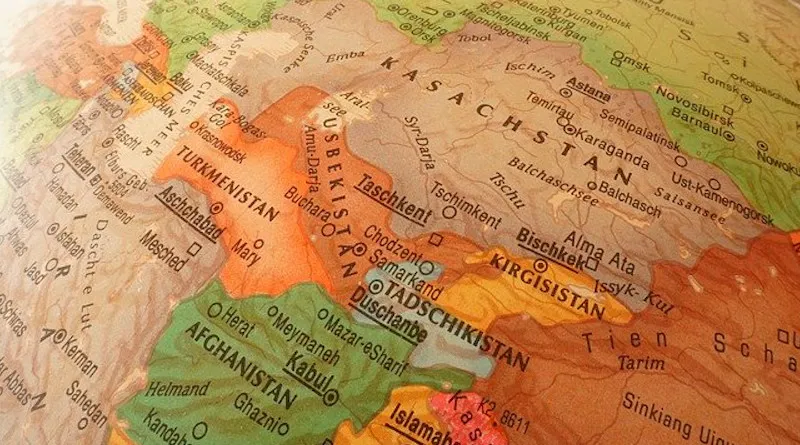The United Kingdom Donates a Small Number of M270 Rocket Artillery Systems to Ukraine
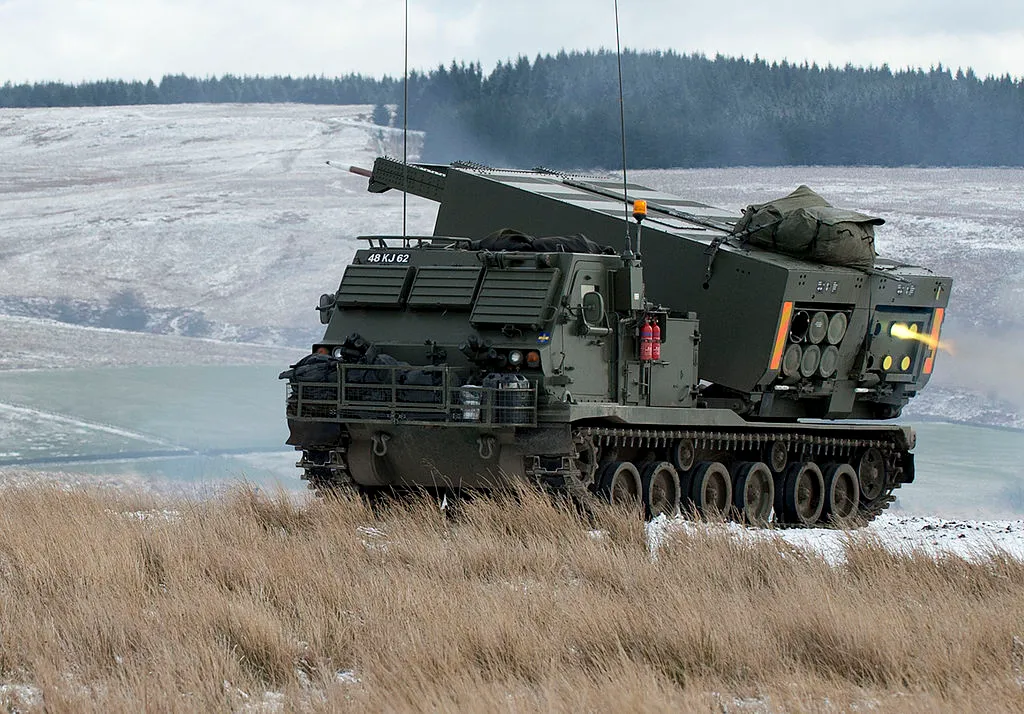
Following the US’s decision to send its High Mobility Artillery Rocket Systems (HIMARS) to Ukraine, the United Kingdom is also stepping up to the plate and sending its M270 multiple-launch rocket systems (MLRS) to Ukraine. This comes after Ukrainian President Volodymyr Zelensky has repeatedly pleaded to the world for heavier offensive weapons amidst heavy Russian shelling in the east.

